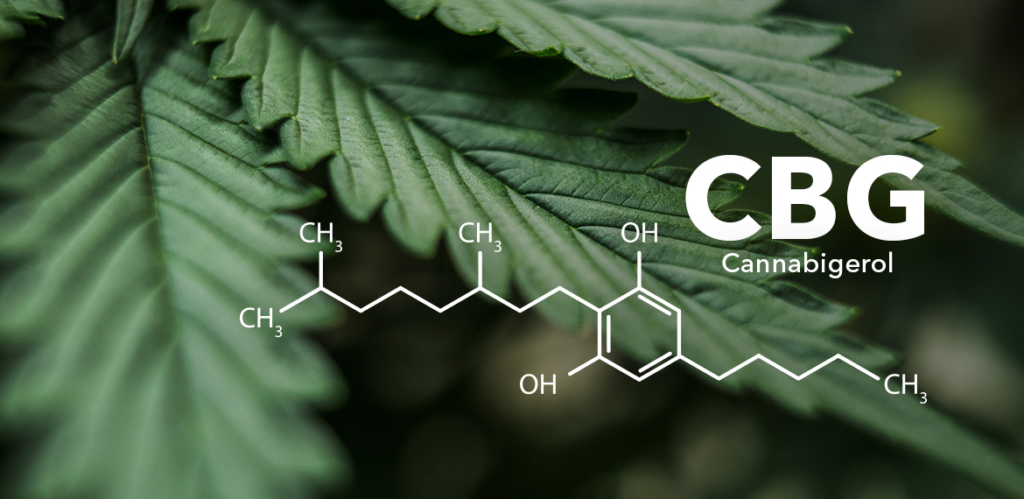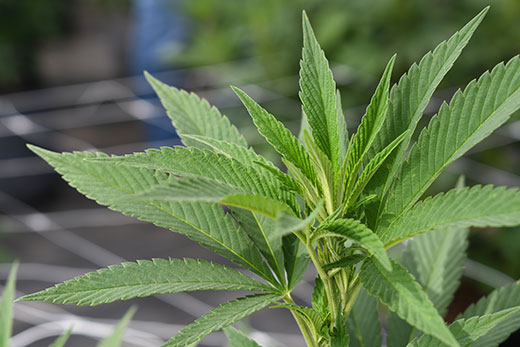What Is CBG And How Does It Work
Hemp is an amazing plant, with over 30 different known cannabinoids that all have their own unique effects. Although CBD and THC are the most known cannabinoids, there are plenty of others worth learning about. One of these cannabinoids, known as Cannabigerol or CBG, could have a variety of therapeutic effects, similar to CBD. But what exactly is CBG? How is it made, and what does it do?
What Is CBG
Cannabigerol, or CBG, is known as the mother of all cannabinoids, as all other cannabinoids are derived from CBGA, which is an acidic form of CBG. Every cannabinoid you know and love originally starts out as CBG, before being converted into a different form.
CBG is rarer than other cannabinoids, as it’s typically found in smaller quantities. CBG is typically derived from younger hemp plants, as they have a higher concentration of the cannabinoid. This can make CBG products a bit pricier than CBD, but many testify that the benefits make it worth the cost.

Some cannabis growers have started experimenting with cross-breeding, genetic mutation, and other ways to grow hemp with higher concentrations of CBG. CBG works by interacting with your body’s endocannabinoid receptors. CBG binds to CB1 receptors in the brain and spinal cord, as well as CB2 receptors in the immune system and other parts of the body, which can enhance sleep, motivation, mood, and alleviate anxiety and pain.
How Is CBG Made
CBG is derived from young hemp plants. They have the highest concentration of CBG, since the cannabigerol hasn’t had time to convert into CBD or THC yet. There are also some strains of cannabis, like Jack Frost CBG, which are specifically bred to yield the highest amounts of CBG.
CBG, like CBD and THC, is available in many different forms and dosages, which makes it easy for new users to play around with the dosage until they find what works for them. There’s topical options, like tinctures and lotions, which are great for dosing CBG to specific parts of the body, as well as edible options, like capsules and gummies, which dose CBG to the entire body and have a longer lasting effect.
CBG vs CBD
CBG and CBD are often confused as being the same thing, because they have similar effects on the body. While CBG and CBD are both non-psychoactive, they are different compounds which interact with the body in unique ways. CBD is a derivative of CBG, and might not be as effective as CBG in binding to the body’s endocannabinoid receptors. It’s believed that, because CBG can bind to both CB1 and CB2 receptors, it might deliver a stronger and more balanced effect than CBD.
Potential Uses CBG
CBG can be found in different forms and dosages, so you can find what’s best for you. To receive the effects of CBG in your entire body, you should go for an edible option, like tinctures, water-solubles, or CBG capsules or gummies. If you’re looking to treat specific areas of your body, a CBG-infused topical lotion might be more your speed. It’s best to start off with a low dose and work your way up, and always consult your physician before trying CBG.
Cannabinoids like CBG and CBD are still undergoing research, but it’s amazing to think about what all the hemp plant could be capable of, and to think of how many cannabinoids are found in just one plant! There’s a lot to look forward to with all the cannabinoid research currently underway, so stay tuned for regular CBD news from CBD News Weekly.




